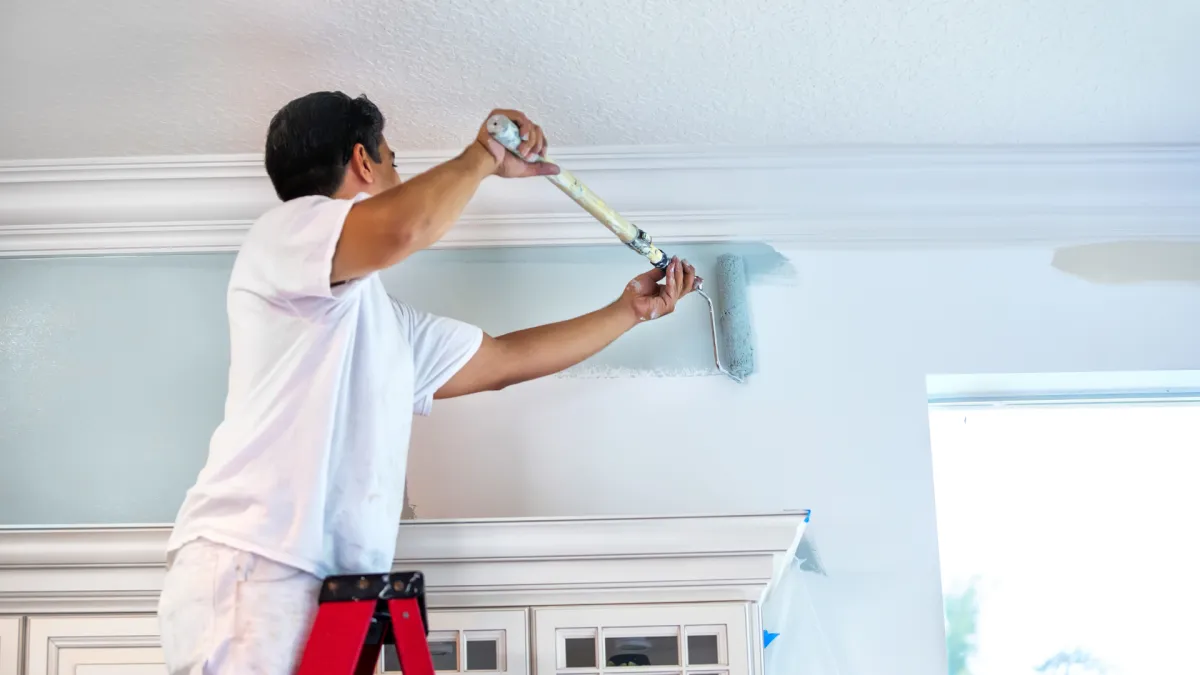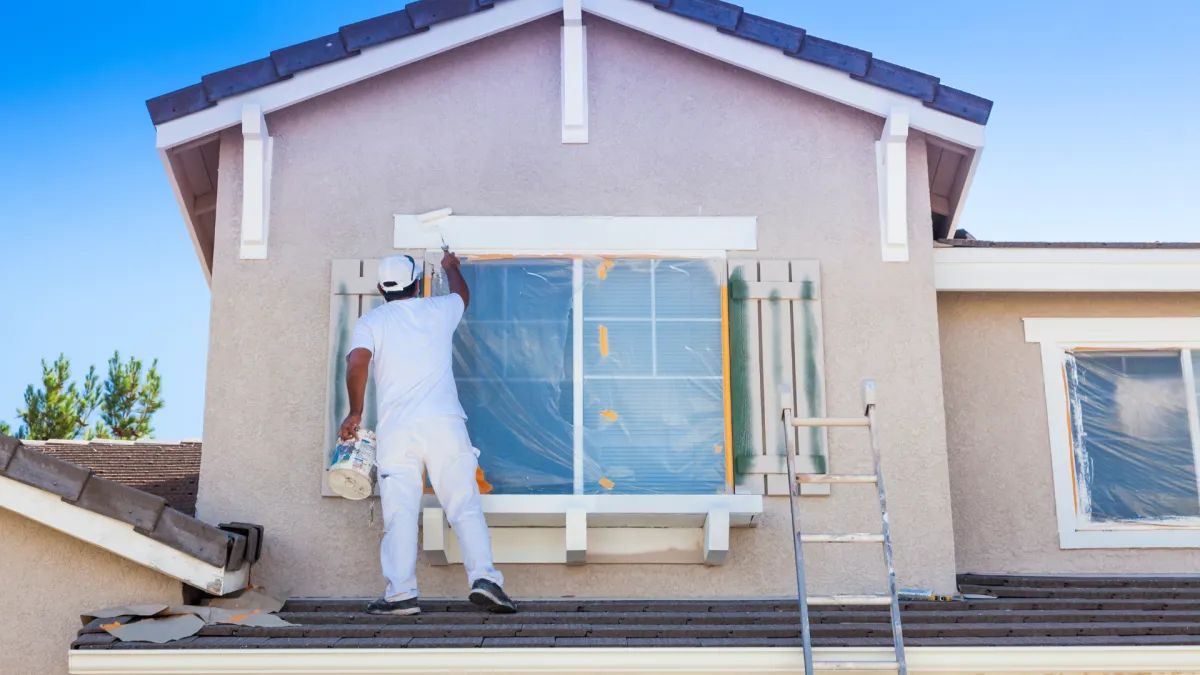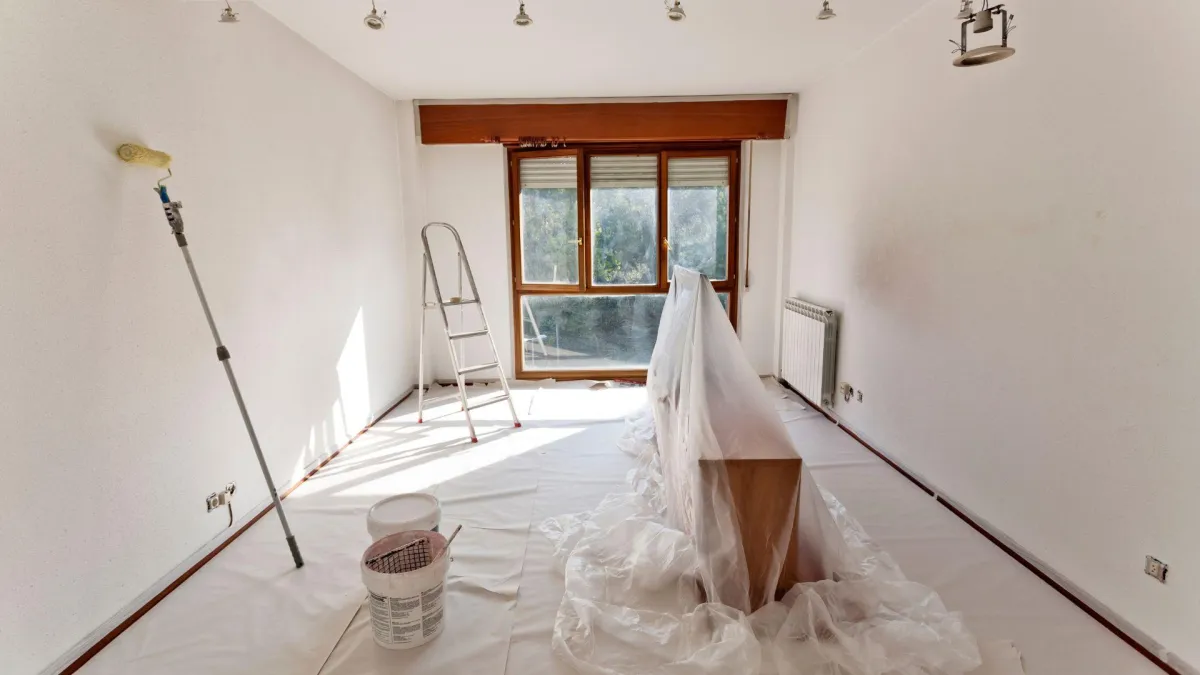Popcorn Ceiling Removal
Is your home burdened with outdated popcorn ceilings that have seen better days? It's time to bring your living space into the modern era with our professional popcorn ceiling removal services. At Painting Fort Lauderdale, we specialize in transforming your ceilings, enhancing aesthetics, and improving the overall look and feel of your home.

Create A Modern & Healthy Space
Residential & Commercial
Removing popcorn ceilings not only brings a contemporary look to your home but also eliminates dust and allergen traps, contributing to a healthier indoor environment.
Asbestos Testing
Built before 1984
Safety is our top priority. For homes built before the mid-1980s, we offer professional asbestos testing to ensure that the removal process is safe and compliant with regulations.


Repairs & Finishing
Surface Coating
If necessary, we'll repair any imperfections on the underlying ceiling to ensure a flawless finish. We can also assist with painting or other finishing touches to complete the transformation. Skim coat concrete ceilings for a smooth finish!
Schedule Your Free Popcorn Ceiling Removal Assessment
Improve Your Home With Us
Popcorn Removal Blog

The 5 Levels of Drywall Finish: A Complete Guide
The 5 Levels of Drywall Finish: A Complete Guide
Drywall serves as the backbone of modern interior construction, offering a versatile surface upon which the beauty of a space is built. While often concealed beneath paint, wallpaper, or texture, the quality of drywall finishing directly impacts both the aesthetic appeal and durability of an interior. As a design-build firm aiming for excellence, a thorough understanding of the five levels of drywall finish is essential to delivering outstanding results.
This guide breaks down each level, offering insights into their applications and significance, ensuring your projects achieve the desired quality and professionalism.
Level 0: Unfinished Drywall
At Level 0, drywall is installed but remains entirely unfinished. There is no tape, joint compound, or finish applied. This level is typically used in temporary or utilitarian spaces such as:
Warehouses
Storage rooms
Garages
While Level 0 may be suitable for these scenarios, it lacks the smoothness and uniformity required for most residential or commercial interiors.
Level 1: Fire-Taping
Level 1 includes the application of joint tape and a single layer of joint compound over drywall seams. However, no further finishing or sanding is performed. This level is often chosen for spaces where:
Fire resistance is a priority
The drywall will be concealed behind heavy textures or additional materials
At this stage, joints and fasteners are still visible, making it unsuitable for areas requiring a polished finish.
Level 2: Taping and Skim Coating
Level 2 takes a step further by applying a thin coat of joint compound—commonly referred to as a "skim coat"—over the drywall surface. This process minimizes the visibility of:
Joints
Fasteners
Minor surface imperfections
Ideal for:
Spaces with heavy textures
Walls that will be covered with multiple paint layers or wallpaper
Level 2 creates a smoother surface than Level 1, but it is still not sufficient for exposed, high-visibility areas.
Level 3: Smooth Finish
At Level 3, additional coats of joint compound are applied and sanded to produce a smoother, more uniform finish. This level of finishing is suitable for:
Residential and commercial spaces
Walls with light-to-moderate texture or a single coat of paint
While Level 3 is not entirely seamless, it provides a high-quality surface that meets the expectations of most clients.
Level 4: Light Texture
Level 4 includes a finely applied texture, such as a sprayed or rolled-on finish, over the drywall. This step helps to:
Conceal minor imperfections
Add subtle visual interest
Best suited for:
Contemporary interiors
Spaces where a refined but understated look is desired
Level 4 strikes a balance between durability and aesthetics, offering a polished yet approachable appearance.
Level 5: Flawless Finish
Level 5 represents the pinnacle of drywall finishing. It involves:
Multiple coats of joint compound
Expert sanding and smoothing to create a seamless surface
Applications include:
Luxury homes
Executive offices
Upscale retail spaces
This level of finishing requires advanced craftsmanship and meticulous attention to detail, resulting in a flawless surface ready for high-gloss paint or other demanding finishes. While labor-intensive, the results are unparalleled, elevating the visual quality of any project.
Why Drywall Finish Levels Matter
For a design-build firm, mastering drywall finishing is a cornerstone of delivering exceptional results. Each level serves a specific purpose, and understanding these distinctions ensures you can meet and exceed client expectations. Whether your project calls for basic fire-taping or an immaculate Level 5 finish, investing in skilled workmanship will:
Enhance the aesthetic appeal of the space
Increase the durability of the final product
Distinguish your firm as a leader in drywall construction
By prioritizing quality in drywall finishing, you not only elevate the success of your projects but also solidify your reputation as a trusted and capable contractor. Choose the right level for each job, and deliver results that leave a lasting impression.

